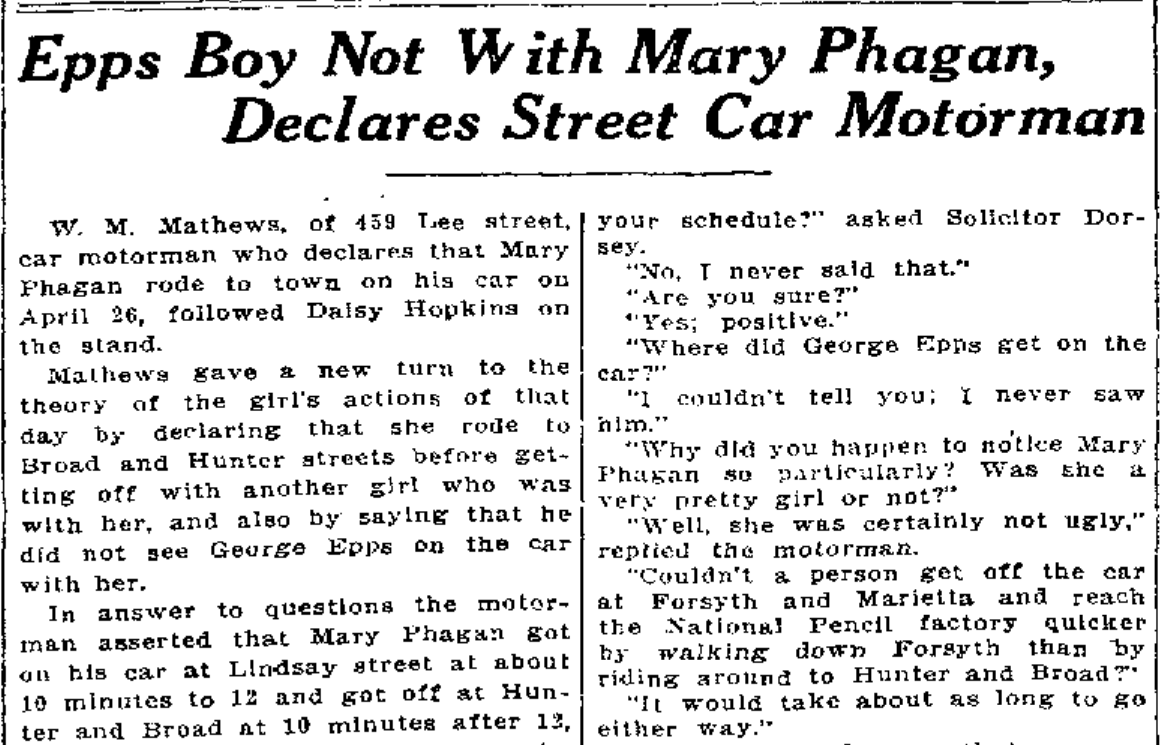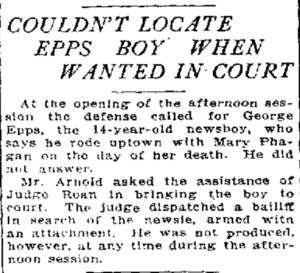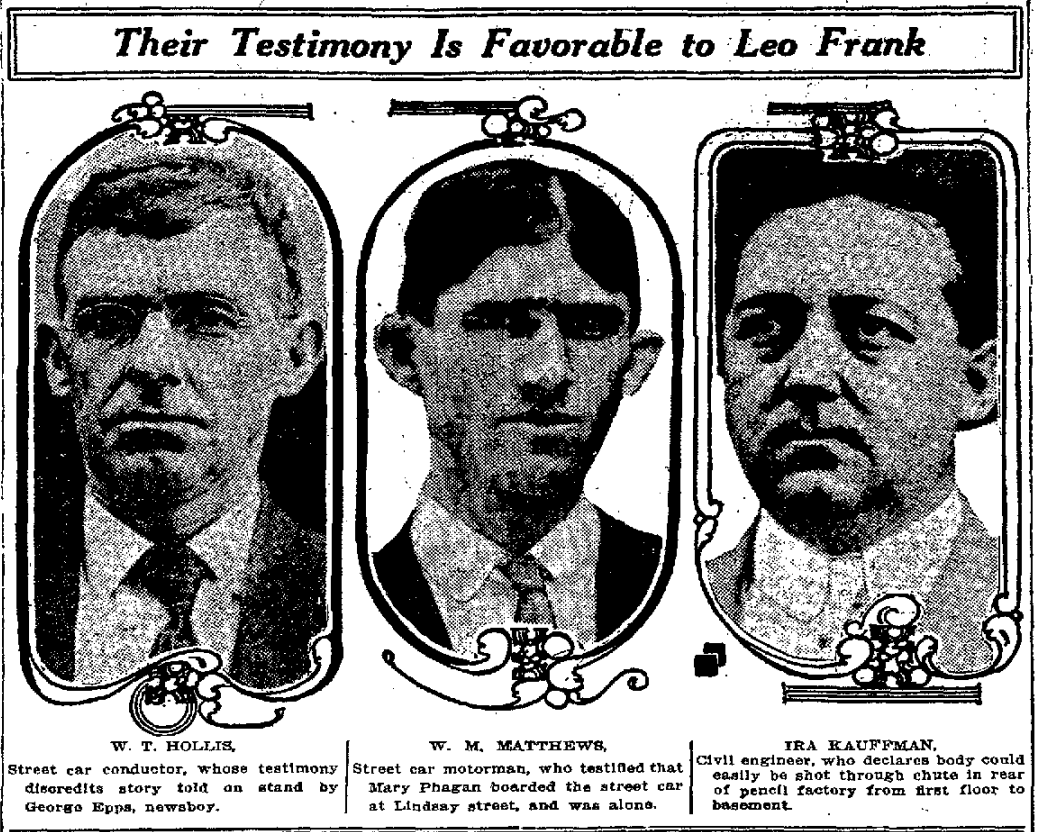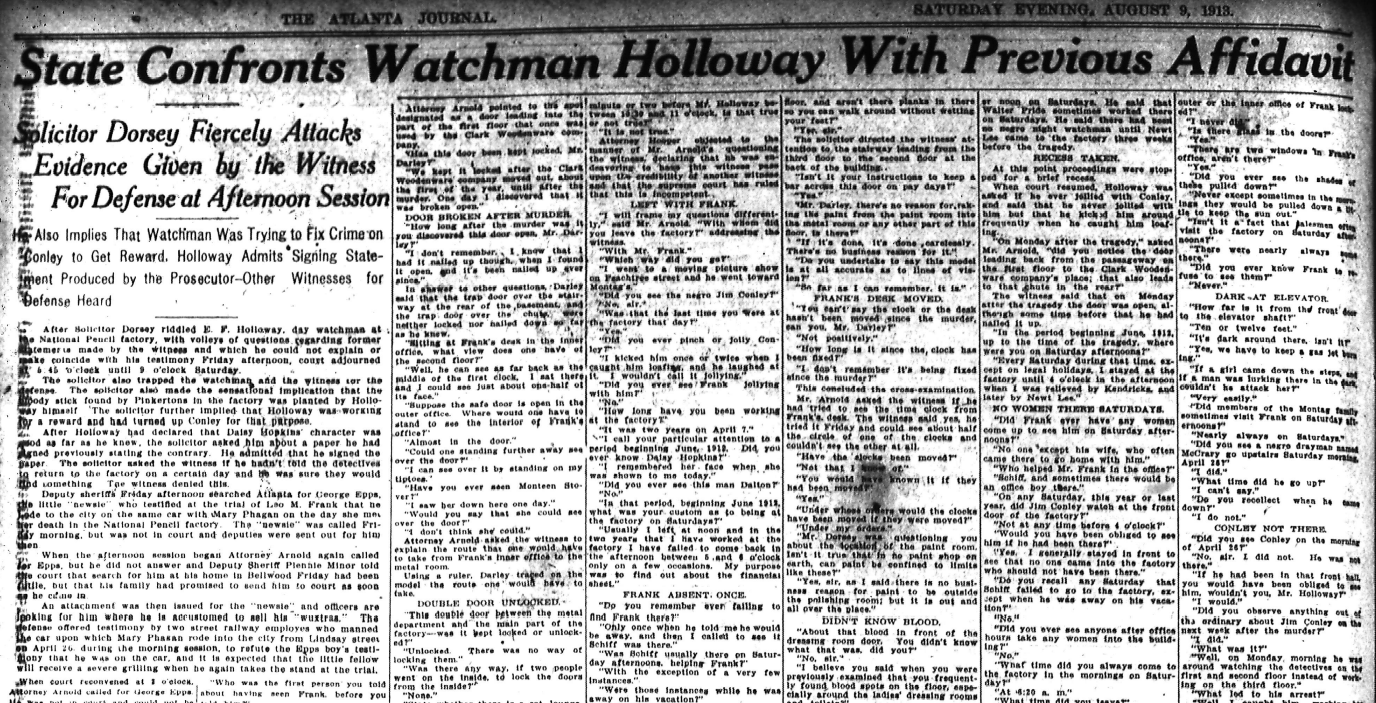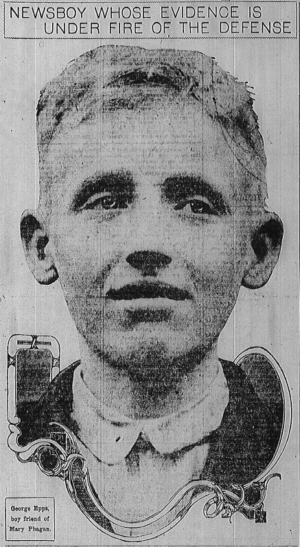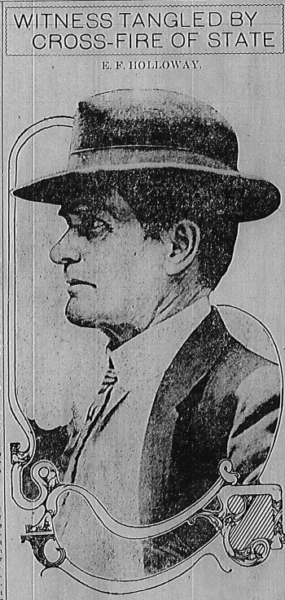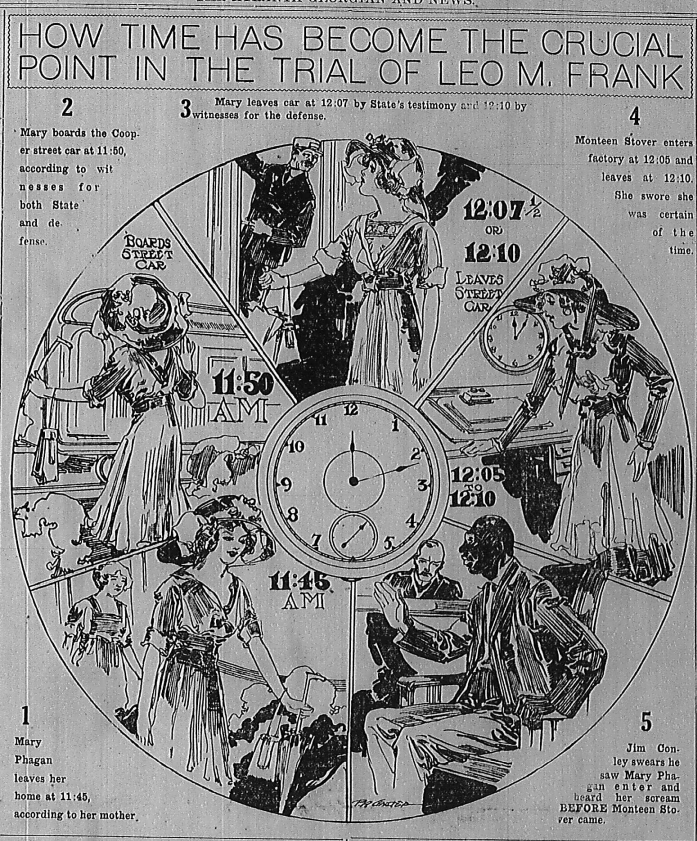Another in our series of new transcriptions of contemporary articles on the Leo Frank case.
Atlanta Georgian
August 10th, 1913
Readers of Human Nature See Anything They Want, but Personal Equation Is Forgotten.
By O. B. KEELER.
Leo Frank sits in the prisoner’s dock and all men may read his face.
A great many of them do.
Here are two of the things they read:
(1) No innocent man could remain calm under such fearful charges.
(2) No guilty man could remain calm under, etc.
Leo Frank admittedly was nervous and agitated that morning the murder of Mary Phagan was discovered.
There are two inferences drawn from that fact:
(1) A guilty man naturally would be nervous.
(2) An innocent man naturally, etc.
Continue Reading →



